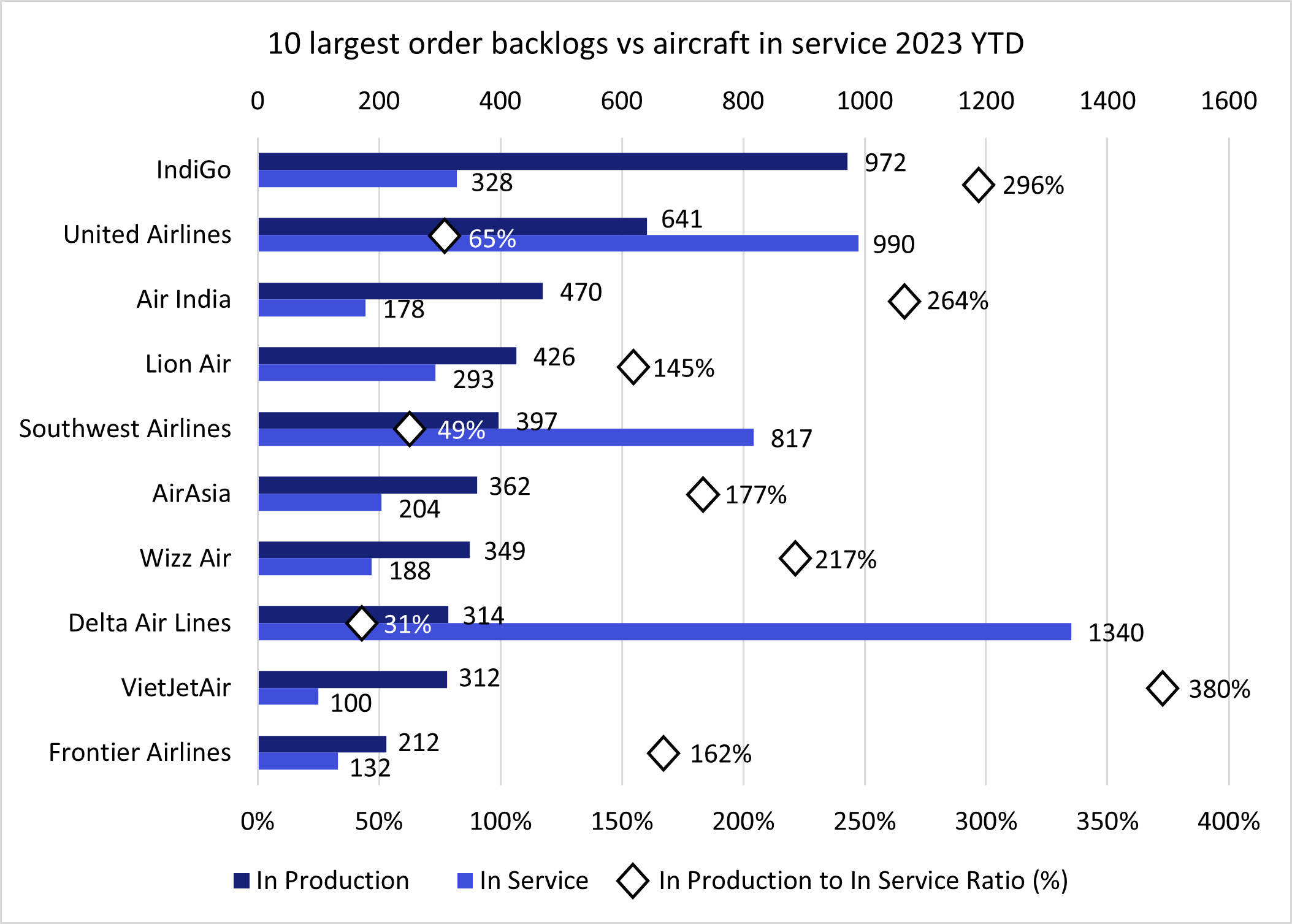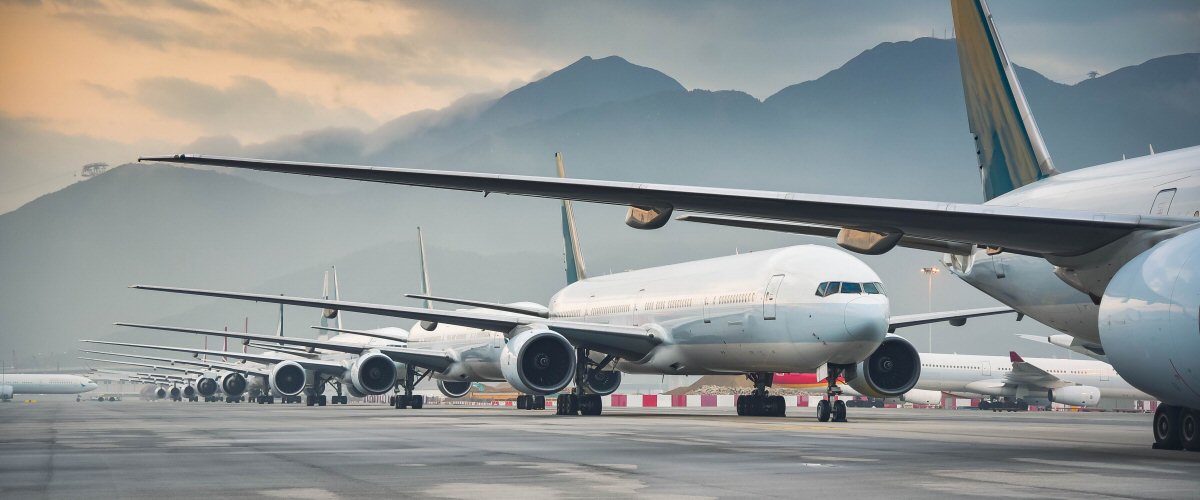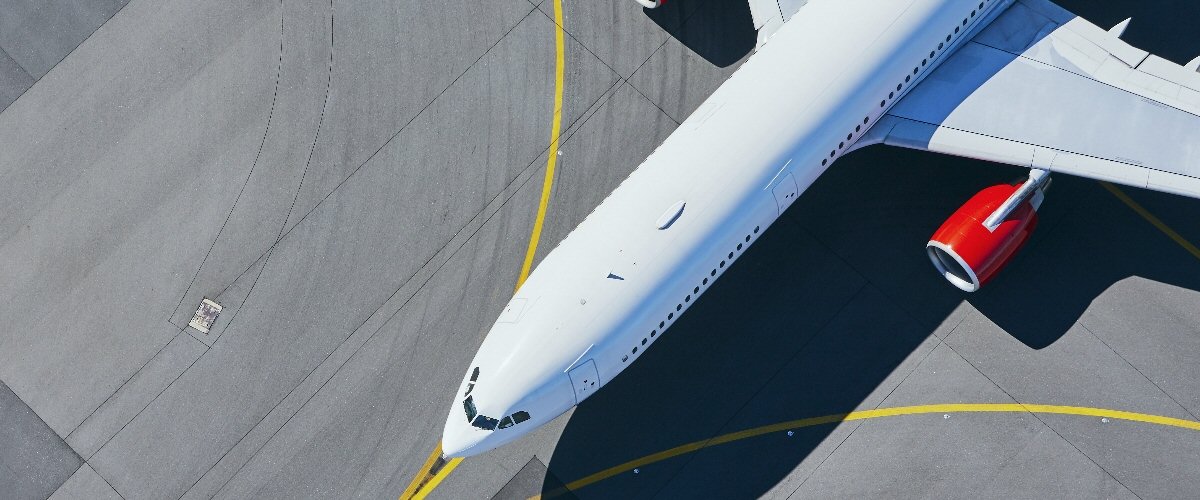This week saw the sudden announcement by RTX to upgrade its earlier statement to inspect 1,200 GTF engines to rectify metal powder contamination that could lead to the cracking of HPT disks to include up to 3,000 engines. Already last month, the FAA issued a mandate to inspect the first and second stage high-pressure turbine disks of certain engines within 30 days. With the new announcement, RTX estimates that an additional 600-700 engines will require a lengthy visit to the shop over and above those already scheduled for shop visits between 2023 and 2026. The scary part is that the initial estimate of 60 days has been shifted up to 300 days! As a result, RTX expect there to be a high number of grounded aircraft from now until the end of the first half of next year. This comes as a significant blow to both Pratt & Whitney and operators who have already been experiencing reliability issues on top of supply chain problems. Both Wizz and Lufthansa have voiced their reaction to the situation by announcing capacity reductions and the higher use of existing ceos. RTX have consequently estimated the profit impact for themselves at $3-3.5bn whilst their program partners will face a similar impact over the next three years.
What I find surprising is that both RTX and Airbus continue to remain firm on the ramp-up plan. We’ve already seen problems with the provisions of spare engines to support the current AOG situation to maintain new deliveries, but surely if we end up with the situation whereby circa 650 aircraft ended up grounded for an extended period, the pressure to take engines from the line to support the in-service fleet will reach epic proportions. That also assumes that the problem remains limited to what they have announced so far. RTX remain firm that sales are not expected to be impacted which I feel is optimistic given operators have a choice, although it’s not as if CFM have any short-term gaps in production this side of 2030.
On the positive side, the already high demand for serviceable narrowbody aircraft will take a further jump. This will speed up the re-entry into service where possible of the remaining 250 A319/A320/A321s in storage that were parked up between 2020-2022, which ignore those that have been in storage for over 3 years, those already in between leases, and those stuck in Russia. Well, at least for a few more years anyway. Any short-term thoughts of retirements could certainly go out of the window for the time being as lease rates shift upwards. Part-outs, as already covered in previous weeks, remain at an industry low point since the peak in 2013. That said, the A320ceo family peaked in 2021 and makes up the bulk of the current part-out activity for narrowbodies. Whilst I was forecasting a resurgence of A320 part-out activity from 2025 onwards to coincide with production ramp-ups and the rectification of known issues, it may need to be pushed further out. The economics of what drives a part-out versus maintaining its serviceability for a few years more will certainly be tested.
At the moment, there are lots of stories around Asia, with one of the most prominent being about Indian carrier’s large order backlogs. However, if one applies context in terms of GDP, population and the size of existing airlines, IndiGo and Air India may not be the airlines taking the most risk. With Vietnam airline’s recent 50 x 737 MAX order and Thai Airways reportedly about to order 95 aircraft (80 of which are widebodies), attention is drawn to South East Asia.
When talking about airline ambition, it is useful to contextualise the order backlog with the current fleet. This is what will provide the revenue stream to cover pre-delivery payments as well affecting the terms of a loan or SLB agreement. When looking at the ratio of order backlog to in-service aircraft for the ten largest backlogs, VietJet is the most bullish with a ratio of 380%. The ratio for IndiGo is 294%, whilst it is 264% for Air India. The latter will decrease now that the Vistara merger was approved by Indian competition authorities, this week. VietJet made two 100 x 737 MAX orders in 2016 and 2019. The airline group includes Thai VietJet, who are reportedly receiving the first 12 of these aircraft next year.
As ever, an important question is whether local markets can accommodate this growth. Unfortunately, air travel isn’t accessible to everyone, and people will often reference the growth of a country’s middle class. Vietnam has roughly 1.5 x the GDP per capita so this may be a higher proportion of their population. However, India has 14 x the population (1.4 billion). When considering that there are 807 aircraft in Indian airlines compared with 232 in Vietnam, the Indian aviation market growth seems more realistic.
Nonetheless, IBA predicts a similar pent-up demand phenomenon for Asia in late 2023/ early 2024, as was experienced in the West recently. Taking this into consideration IBA estimates an EBIT margin of 10.8%, leading all other regions. However, this is predicted to drop in 2025 as carriers sacrifice fares to accommodate the large amount of capacity coming online. Growth often comes at a cost!
 Source: IBA Insight & Intelligence
Source: IBA Insight & Intelligence
Europe and the U.S. have emerged as market leaders in sustainable aviation, particularly in the production and use of Sustainable Aviation Fuels (SAF), so it is encouraging that countries extending beyond these regions are emerging as key players. Boeing says that Brazil has the potential to be a top global contender in the SAF industry. Currently, SAF is made largely from municipal solid waste (MSW). With Brazil being one of the world’s largest agricultural producers, it has a large source of feedstock suitable for use in the alcohol-to-jet SAF conversion pathway, including ethanol made from sugarcane or corn. Alongside feedstock availability, Boeing recognises Brazil’s technical capacity and workforce accessibility, all of which could contribute to the acceleration of aviation decarbonisation. However, Brazilian airline GOL highlighted that while SAF supply is an urgent matter, demand will remain low if prices are still approximately three times higher than conventional jet fuel. On top of this, simulating the necessary investments for the ramp-up of SAF is a challenge. This falls to the lack of competitiveness to conventional jet fuels. There is no compensation mechanism for the use of SAF for airlines, therefore they’ll likely continue to use the minimum required by regulations. So, without the ability to compete on price, it’s difficult for the entire value chain of SAF to demonstrate viability.
Our weekly update looks at the key trends and market indicators using data and analytics provided by IBA Insight.


凭借由获奖 ISTAT 认证评估师组成的庞大团队以及 30 多年累积的专有数据,IBA 在全球估值市场上处于领先地位。我们为全球范围内的一系列资产类型提供独立、公正的价值意见和建议,包括飞机、发动机、直升机、货机/航空货运、降落机位和预备件等。IBA 始终致力于超越客户的期望,我们的客观意见为贷款、资产收回、商业开发和再营销提供了必要的安全保障。

IBA 与全球领先的飞机和发动机租赁公司精诚合作。我们的专业建议植根于深厚的行业知识,因此 IBA 可以在投资周期的各个阶段提供支持,让客户放心无忧。从估值、机队选择、投资组合开发,到租赁结束时的退租和再营销,我们将全程协助客户完成整个租赁期的所有风险评估和资产管理活动。

航空投资往往错综复杂,会涉及大量财务风险,因此,放任资产不去管理绝对是下下策。无论是首次投资的新手,还是市场上驾轻就熟的资深投资者,IBA 都能帮助您克服各种资产类型的复杂性,让您更好地了解各种投资机会。我们可以与您携手合作,支持您的投资组合开发、多元化发展并满足您的战略需求。

30 多年来,IBA 与全球和地区航空公司紧密合作,提供估值和咨询服务、航空数据情报以及飞机和发动机的退租支持。我们在遍布世界各地的各种航空项目上与客户展开协作,满足他们的额外资源需求,随时随地提供所需的项目管理支持。

我们掌握着丰富资源并善于出谋划策,可为客户提供诉讼支持和纠纷调解办法,并根据客户的法律策略量身定制周密的解决方案。正是由于 30 多年来专有航空数据的积累、定期参与战略并购,以及丰富的飞机管理专业知识,我们能够经常接触到各方之间的典型争端领域。IBA 通过直接或与客户自己的法律团队合作的方式,在各个方面为客户提供帮助,从飞机损坏或损失的保险相关理赔,到常常在退租时发生的租赁商与承租商的纠纷。